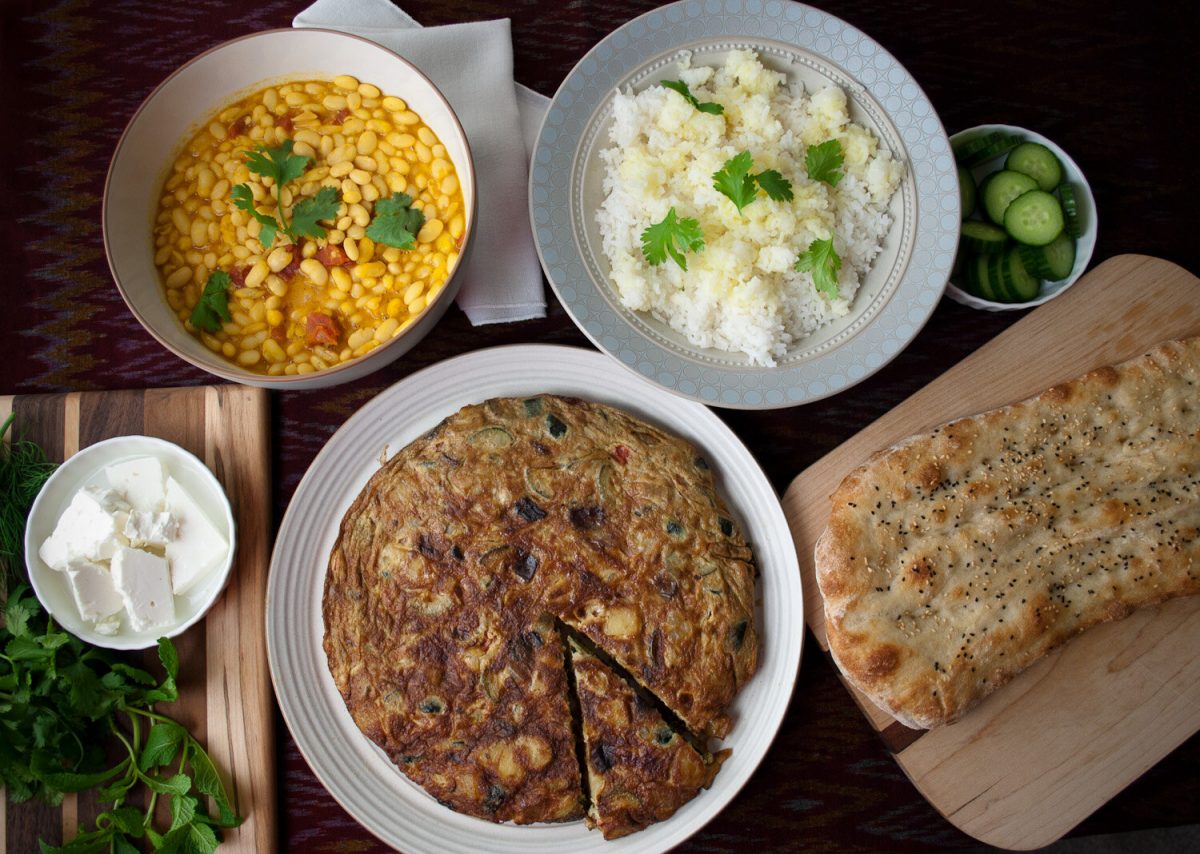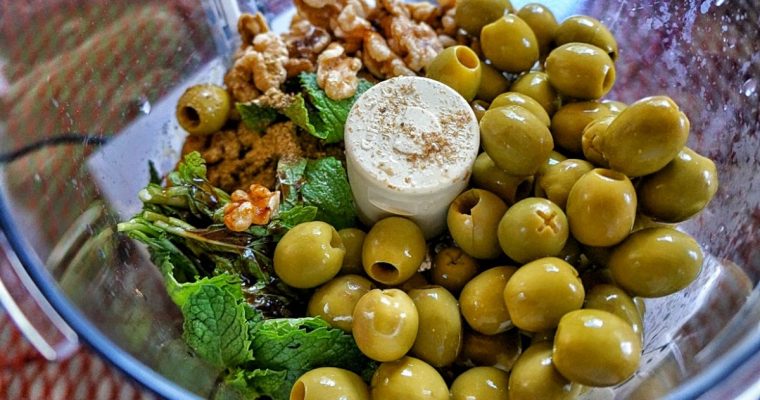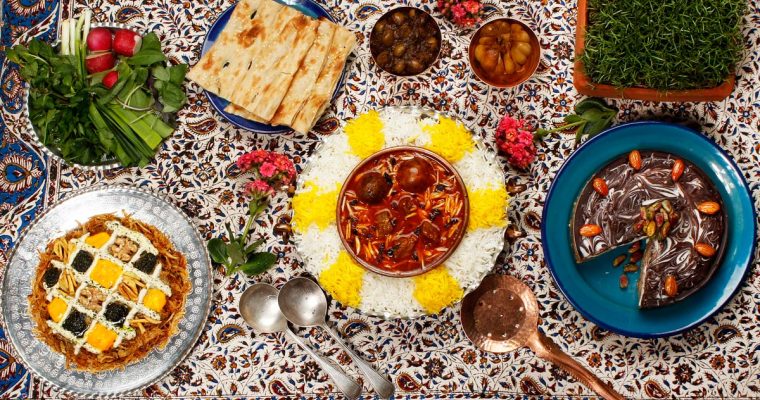The eggplant-based Iranian meal known as Persian Kuku bademjan is one of the many types of Kuku. It can include a variety of different vegetables, fresh herbs, spices, and occasionally chopped walnuts or tart Iranian barberries in addition to eggplants and eggs. Bademjan is traditionally fashioned like a thick, circular pancake or an omelette that is pan-fried on both sides, just like other Kuku meals. It may be eaten as a fast snack, a light main meal, or a vegetable side dish and is best served warm or cold.
What Does Persian Kuku Bademjan Look Like?

When compared to an Italian frittata, Kuku has more veggies and fewer eggs. Kuku is often thicker and requires cooking the ingredients over low heat for the best texture, in contrast to a frittata, which is more like an open-faced omelette. Due to this, Kuku is prepared by turning it onto a dish when one side has finished cooking and then sliding it back into the skillet to finish cooking the other. This Kuku, also known as Kuku Bademjan or KooKoo Bademjan (eggplant), is stuffed with veggies, including Kadoo (zucchini), Sibzamini (potato), Gojeh Farangi (tomato), and Piaz (onion). You may have this vegetarian Kuku for breakfast, lunch, or supper. Due to the fact that it tastes fantastic both warm and cold, it is also excellent for picnics.
What is Kuku?

Kuku (Persian: کوکو), often written as kookoo, is an egg-based and typically vegetarian Iranian meal composed of beaten eggs wrapped with different seasonings. It is comparable to an open-faced omelette, a French omelette, or an Italian frittata, although it usually contains fewer eggs than a frittata and cooks for a shorter period of time at a lower heat before being flipped over or gently grilled to solidify the top layer. It is paired with bread and either yoghurt or salad and is offered as an appetiser, side dish, or main entrée. In some regions of northern Iran, Kuku may be had as a noon meal and is typically accompanied by either bread or plain boiled rice.
Cooking Technique of Kuku in Iran:

The ingredients are fried in oil at low heat and then steamed in a tight room in the traditional preparation of Kuku. Today, baking is another common technique. Adding yeast gives the dish an added layer of thickness. The end product is an omelette that resembles a cake and is typically eaten with bread. However, in Gilan, a province in northern Iran, where rice consumption is historically favoured over bread, it may also be served with rice.
Kuku is a popular word in Persian cuisine. There are lots of dishes starting with the word Kuku such as Kuku Sabzi, Kuku Zucchini, Kuku sibzamini and Kuku Bademjan. Among all these Kuku Bademjan is the most famous one. So, In this piece of writing, I will give you an authentic recipe of Kuku Bademjan.
Key Steps in Kuku Bademjan Recipe:

Here are some quick points that you should go through before getting to the recipe card.
- Ingredients should be diced and fried. Combine with the spice and egg mixture. Add to the skillet, then use the back of a spoon to smooth the top.
- Cook over low heat, covered with a damkesh or a kitchen towel, until the top seems done. Place a somewhat bigger plate over the skillet after turning off the heat.
- Hold the plate and skillet together while inverting the skillet using mittens. Now the top is up.
- Reposition the Kuku carefully in the pan and cook it until the other side is done over low heat.
- Experience what I’ve been talking about by eating the Kuku Bademjan with Sangak or a bread of your choice, Sabzi Khordan (fresh herbs), or Salad Shirazi.
The ingredients are fried in oil at low heat and then steamed in a tight room in the traditional preparation of Kuku. Today, baking is another common technique. Adding yeast gives the dish an added layer of thickness. The end product is an omelette that resembles a cake and is typically eaten with bread. However, in Gilan, a province in northern Iran, where rice consumption is historically favoured over bread, it may also be served with rice.The Famous Persian Kuku Bademjan Recipe

Ingredients
Directions






